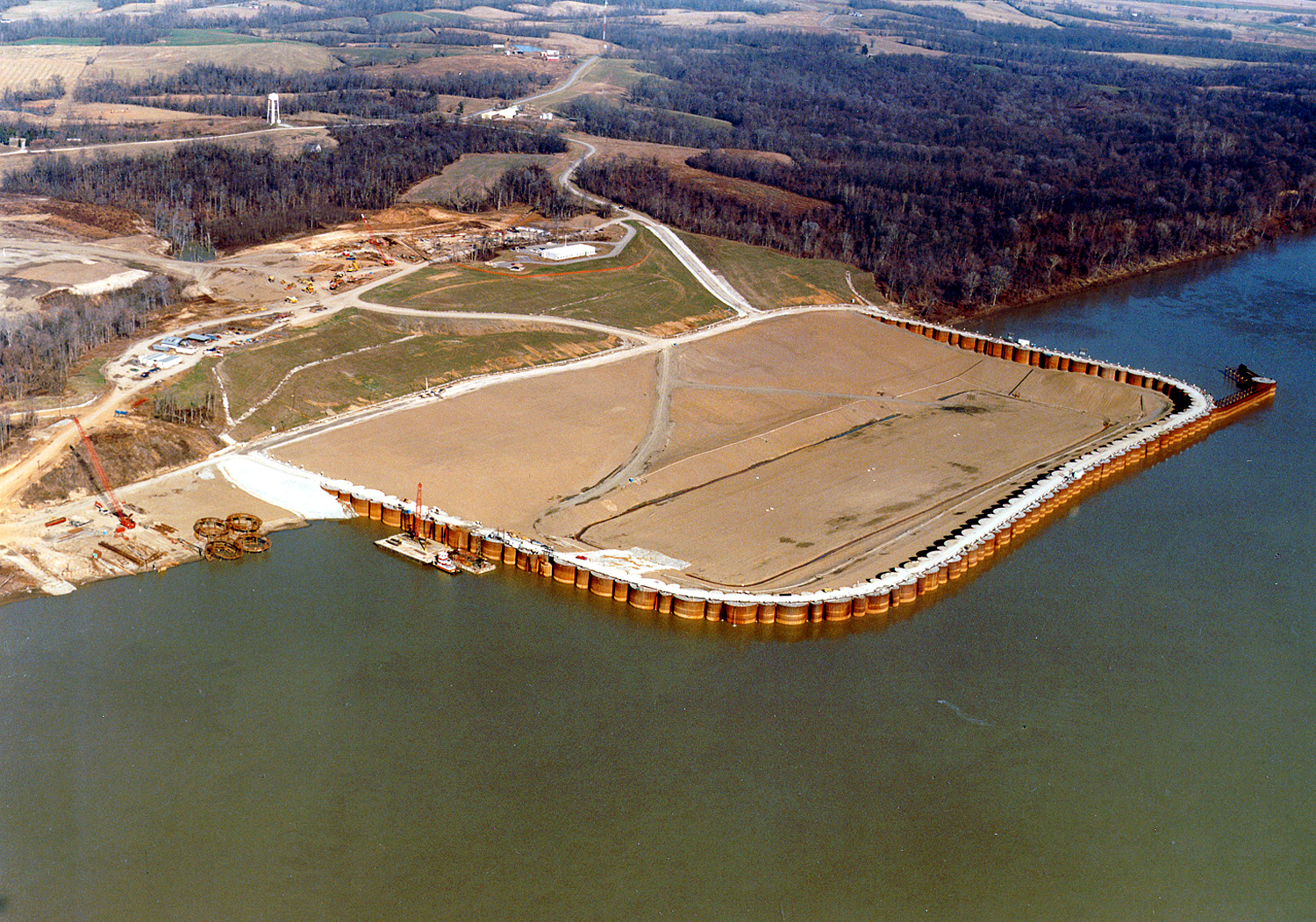Have you ever crossed a bridge with its support rooted underwater and wondered how engineers managed to construct it or how they maintain it? You certainly would not be the only one.
Underwater bridge supports are typically accomplished through the building of cofferdams, which are temporary barriers – essentially 3- or 4-sided boxes – that are built within bodies of water and allow for water to be pumped out, making a previously flooded area accessible for construction purposes. Engineers tend to avoid designs featuring underwater construction because it can be expensive, but when necessary, cofferdams prove to be much safer and more efficient than other methods, and they are a more reliable solution in the event of a long-term project.
Cofferdams date back at least to the time of Ancient Rome. Their engineers utilized them in the creation of piers for their bridges and aqueducts. According to legend, King Cyrus of Persia used earthen cofferdams to redirect water from the Euphrates river, aiding him in his capture of Babylon and thereby facilitating the birth of the Medo-Persian empire.
Nowadays, cofferdams are created by using pieces of corrugated steel called sheet piles, which are strong enough to hold back water. These piles are driven into the soil underwater, interlocking to create a cantilevering wall around the chosen area.
Some primary types of cofferdams used by engineers include the following:
- Earthfill: The simplest of all cofferdams, these are earthen embankments that are built around a space that needs to be enclosed. Made from a mixture of clay, sand, and gravel, they are built wherever the water depth is no more than 1.8 meters. The height of the dam is kept 1 meter more than the max water level.
- Rockfill: If the water depth to be retained is more than 1.8 meters, engineers use stone or rubble in place of an earthen mixture – but only if the stone is available to be pulled in copious amounts from areas near the project site.
- Braced: Likely the most common type of cofferdam because of its low cost, this dam consists of vertical or horizontal sheeting with internal struts and is utilized when excluding shallow water, earth, or both, since it is difficult to drive piles inside an underwater bed in those conditions. They are frequently used in the construction of bridge piers and abutments.
- Cellular: These dams derive their name from the way the sheet piles are constructed in special shapes to form a series of cells that are interconnected and filled with soils, providing stability against lateral forces. They are used when a single-walled braced cofferdam is impractical, commonly in the construction of dams, locks, or weirs.
- Single-walled: This type is preferred when the area to be enclosed is particularly small and the water depth is roughly 4-6 meters, such as in bridge construction. These cofferdams are built with wood sheets along the perimeter and supported by steel sheets on the interior.
- Double-walled: This cofferdam is most commonly used when the area of a construction site is large, and the depth of the water is high (greater than 36 feet). Under these circumstances, the use of a single-walled cofferdam becomes uneconomical as the supports need to be increased.


